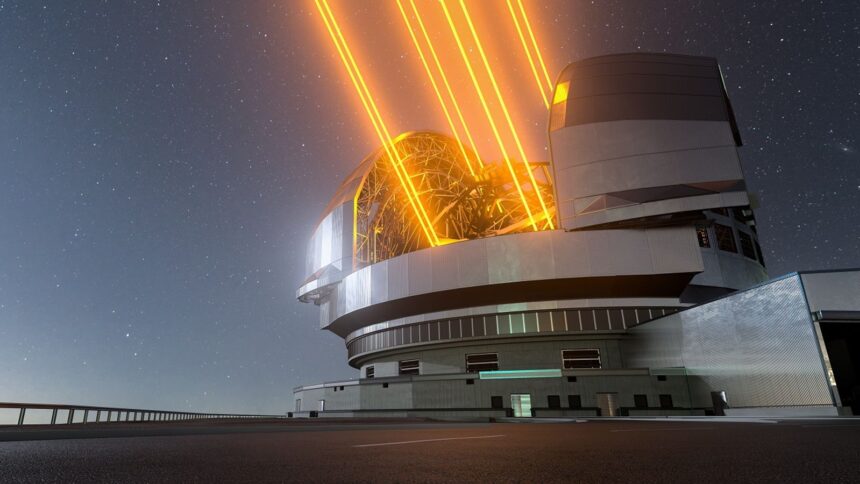An astrocomb that can analyze the blue-green light generated by stars has been invented by physicists.
Astrocombs have the ability to identify minute changes in a star’s brightness caused by exoplanets (planets outside of our solar system) in orbit; these could reveal planets that resemble Earth.
Until now, they have been confined mostly to the green-red region of the spectrum; however, the new system presents an opportunity to explore much deeper space mysteries.
Scientists at Cambridge University and Heriot-Watt University in Edinburgh produced the discovery.
The goal of this extremely exciting development is to find the first ‘Earth-like’ planet orbiting a nearby star by studying smaller planets on longer orbits than we have ever been able to do.
The Extremely Large Telescope (ELT), which is now being built in the Atacama Desert of Chile, is the target of the technology development.
It will be the world’s largest telescope for both visible and infrared light, with a primary mirror measuring 39 meters.
Additionally, the UK team will work on astrocombs for the Canary Islands and South Africa’s telescopes.







